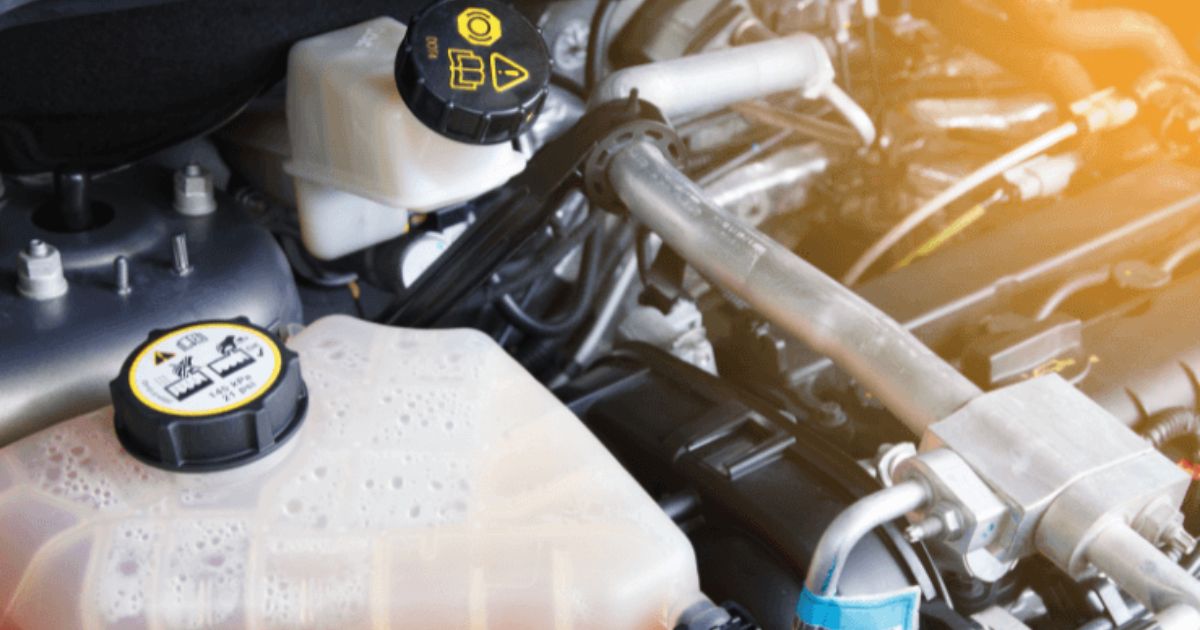Antifreeze (coolant) is essential for regulating your car’s engine temperature and preventing overheating or freezing. Regularly checking and refilling antifreeze ensures optimal engine performance. This guide provides step-by-step instructions on how to pour antifreeze into your car safely.
1. Why Antifreeze Is Important
✔ Prevents engine overheating in warm temperatures. ✔ Protects against freezing in cold weather. ✔ Lubricates the cooling system to prevent corrosion and buildup. ✔ Maintains proper engine temperature for efficiency.
2. Tools and Materials Needed
✔ Pre-mixed antifreeze or concentrated coolant (mixed with water). ✔ Funnel to prevent spills. ✔ Gloves and safety glasses for protection. ✔ Clean cloth or paper towels. ✔ Owner’s manual to check the correct coolant type.
3. Steps to Pour Antifreeze in Your Car
Step 1: Park the Car and Let It Cool
✔ Ensure the car is on a flat surface. ✔ Let the engine cool completely before opening the radiator cap (hot coolant can cause burns).
Step 2: Locate the Coolant Reservoir
✔ Open the hood and find the coolant reservoir or radiator cap. ✔ The reservoir is usually translucent with MIN/MAX level indicators. ✔ If your car does not have a separate reservoir, you will need to pour directly into the radiator.
Step 3: Open the Coolant Cap
✔ Slowly twist the radiator or reservoir cap counterclockwise. ✔ If pressure is present, wait a few moments before fully removing it. ✔ Check the coolant level; if it’s below the MIN mark, a refill is necessary.
Step 4: Pour the Antifreeze
✔ Use a funnel to pour the antifreeze into the reservoir or radiator. ✔ If using concentrated coolant, mix it with distilled water per manufacturer recommendations. ✔ Fill until the coolant reaches the MAX indicator. ✔ Avoid overfilling, as it may cause leaks or pressure buildup.
Step 5: Secure the Cap and Check for Leaks
✔ Replace the cap securely and tightly. ✔ Start the engine and let it run for a few minutes. ✔ Check for leaks and ensure the temperature gauge stays within normal range.
4. When to Replace or Top Off Antifreeze
✔ Check coolant levels every 3,000 – 5,000 miles or during regular oil changes. ✔ Replace antifreeze every 2-5 years, depending on the type used. ✔ Look for signs of discolored or dirty coolant, which indicate a need for flushing. ✔ Watch for coolant leaks under the car or near the radiator.
5. Final Thoughts
Keeping your coolant system properly filled and maintained helps prevent engine damage and ensures reliable performance. Always use the recommended antifreeze type and check levels regularly to avoid overheating or freezing issues.
Frequently Asked Questions (FAQs)
Can I mix different types of antifreeze?
✔ No, mixing different types can cause clogging or reduced efficiency.
What happens if I overfill the coolant reservoir?
✔ Excess coolant can overflow and cause leaks or system damage.
Can I drive immediately after adding coolant?
✔ Yes, but monitor the temperature gauge to ensure the system is functioning properly.
By following this guide, you can safely pour antifreeze into your car and keep your engine running smoothly.
